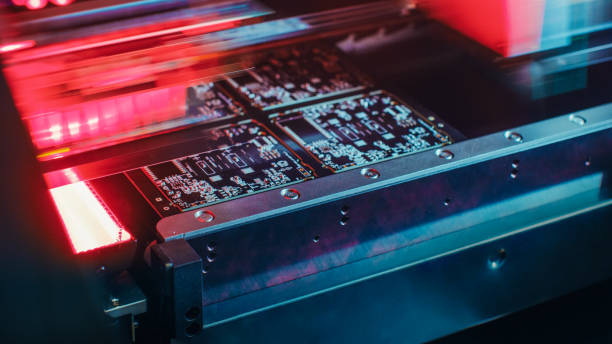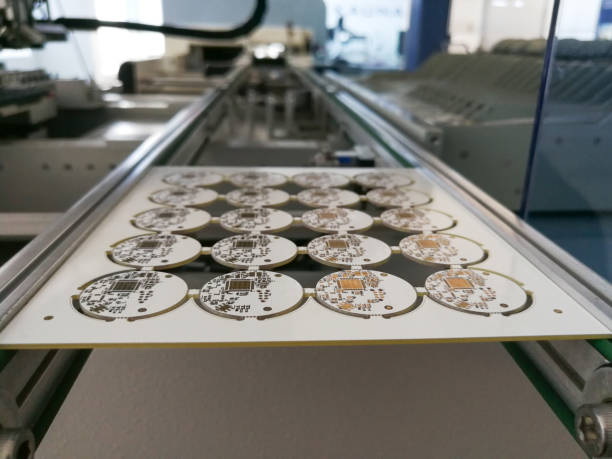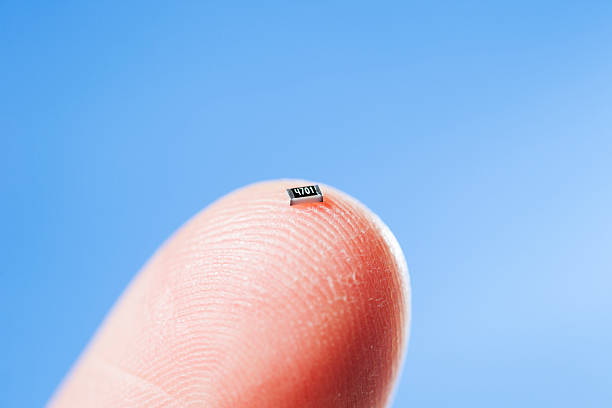Content Menu
● Introduction
● Understanding Body to Body Clearance
● Importance in SMT Assembly
● Factors Affecting Body to Body Clearance
● Best Practices for Ensuring Adequate Clearance
● Challenges and Solutions
● Conclusion
● FAQ
>> 1. What is the standard body to body clearance for SMT parts?
>> 2. Why is body to body clearance important in SMT assembly?
>> 3. How is body to body clearance measured?
>> 4. What are the consequences of insufficient clearance?
>> 5. Are there tools to check body to body clearance?
Introduction
In the realm of Surface Mount Technology (SMT) assembly, *body to body clearance* plays a crucial role in ensuring the reliability and functionality of electronic devices. This term refers to the minimum distance that must be maintained between the bodies of adjacent components on a printed circuit board (PCB). Proper management of body to body clearance is essential for preventing electrical shorts, facilitating rework, and ensuring that components function as intended. This article delves into the intricacies of body to body clearance, its significance in SMT assembly, the factors influencing it, best practices for maintaining it, and common challenges faced during assembly.

Understanding Body to Body Clearance
Body to body clearance is defined as the space required between the physical bodies of SMT components. This clearance is critical for several reasons:
- Preventing Electrical Shorts: Insufficient clearance can lead to unintended electrical connections between components, resulting in shorts that can damage the circuit.
- Facilitating Rework: Adequate space allows technicians to perform necessary repairs or replacements without damaging adjacent components.
- Thermal Management: Proper clearance aids in heat dissipation, which is vital for maintaining component performance and longevity.
The standard body to body clearance for SMT parts typically ranges from 0.25 mm to 1.0 mm, depending on the component type and the specific design requirements of the PCB.
Importance in SMT Assembly
Maintaining appropriate body to body clearance is paramount in SMT assembly for several reasons:
- Assembly Efficiency: Adequate clearance allows for easier placement and soldering of components during the assembly process, reducing the risk of errors.
- Reliability: Components that are too close together are more prone to failure due to thermal stress or mechanical vibrations. Proper clearance enhances overall reliability.
- Design Flexibility: Designers can incorporate a wider variety of components without worrying about interference or shorts, leading to more innovative designs.
- Compliance with Standards: Many industry standards dictate minimum clearance requirements. Adhering to these standards ensures compliance and enhances product quality.
Factors Affecting Body to Body Clearance
Several factors influence the required body to body clearance in SMT assembly:
- Component Size and Shape: Larger or irregularly shaped components may require greater clearance to prevent interference with adjacent parts.
- Type of PCB Material: Different materials have varying thermal expansion properties, which can affect how closely components can be placed together without risk.
- Soldering Method: The chosen soldering technique (e.g., reflow soldering vs. wave soldering) can dictate different clearance requirements due to varying heat profiles.
- Environmental Conditions: Factors such as humidity and temperature can impact component behavior and should be considered when determining clearance needs.

Best Practices for Ensuring Adequate Clearance
To maintain proper body to body clearance in SMT assembly, consider implementing the following best practices:
- Utilize Design Software: Advanced PCB design software often includes tools for checking clearances automatically. Leverage these tools during the design phase.
- Follow Manufacturer Guidelines: Always refer to component datasheets for recommended clearances specific to each part type.
- Conduct Regular Reviews: Periodically review designs for compliance with clearance standards throughout the development process.
- Test Prototypes Thoroughly: Before mass production, prototype assemblies should be tested under various conditions to ensure that clearances are adequate and functional.
Challenges and Solutions
Despite best efforts, challenges related to body to body clearance can arise during SMT assembly. Here are some common issues and their solutions:
- Challenge: Insufficient Clearance Leading to Shorts
- Solution: Re-evaluate component placement during design; consider using smaller components or adjusting their orientation.
- Challenge: Difficulty in Rework
- Solution: Design PCBs with sufficient spacing between components; use specialized tools for rework that minimize damage risk.
- Challenge: Variability in Component Sizes
- Solution: Standardize component sizes where possible; maintain a library of commonly used parts with defined clearances.
Conclusion
In conclusion, *body to body clearance* is a vital aspect of SMT assembly that significantly impacts both assembly efficiency and product reliability. By understanding its importance, adhering to best practices, and addressing common challenges proactively, manufacturers can enhance their SMT processes. As technology continues to evolve, maintaining appropriate clearances will remain essential in delivering high-quality electronic products that meet industry standards and consumer expectations.

FAQ
1. What is the standard body to body clearance for SMT parts?
The standard clearance varies but is often around 0.25 mm to 1.0 mm depending on the component type.
2. Why is body to body clearance important in SMT assembly?
It ensures proper functionality, prevents short circuits, and allows for rework.
3. How is body to body clearance measured?
It is typically measured from the closest points of adjacent components.
4. What are the consequences of insufficient clearance?
It can lead to assembly defects, electrical shorts, and reduced reliability.
5. Are there tools to check body to body clearance?
Yes, PCB design software often includes clearance checking tools.




















